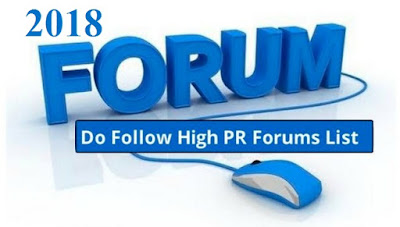Google’s Search Console Adds “Query Groups” — What It Is & How SEOs Should Use It
Google has introduced Query groups, a new AI-powered card in Search Console Insights that automatically clusters similar search queries into high-level groups. The aim: make it easier to spot the real topics driving traffic to a site, instead of wading through dozens of near-duplicate query variations.
What Query Groups Shows
The new “Queries leading to your site” card summarizes query activity in three linked ways:
-
Group performance: total clicks per AI-computed cluster so you can see which themes deliver the most traffic.
-
Queries list: the top individual queries inside each cluster, ordered by clicks.
-
Drill-down: click a group to open the full Performance report and inspect all queries in that cluster.
Google also highlights trend signals on the card — groups that are top, trending up, or trending down — so you can quickly spot emerging interest or slipping topics. The groups are computed by Google’s AI and may evolve as new search data flows in.
Who Gets It — Availability
Google says Query groups will roll out gradually and will initially appear for properties with large query volumes, since grouping is less useful for very low-traffic sites. Expect the feature to appear in Search Console Insights for higher-volume accounts first.
Why This Matters for SEOs
-
Faster topic-level insight. Instead of parsing dozens of query variants, you can see which topic clusters move the needle — useful for planning content and prioritizing updates.
-
Content planning gets more strategic. If a query group is trending up, you can build supporting pages, FAQs, or richer guides that capture more of that topic’s demand.
-
Better reporting for stakeholders. Presenting grouped themes (rather than lists of similar queries) is easier to explain to non-technical stakeholders and helps justify editorial or dev work.
How to Use Query Groups (Practical Steps)
-
Check the “Queries leading to your site” card regularly. Use the card to spot which groups have rising or falling clicks.
-
Drill down on a rising group. See the top queries inside it and identify gaps in your content — short, direct answers often win these clusters.
-
Create cluster content. When a group shows demand, create a primary “pillar” article and several supporting pages (how-tos, comparison, FAQ) to increase the chance multiple URLs are surfaced within a cluster.
-
Use trends to prioritize optimization. Trending-up groups deserve faster action (content refresh, internal links, structured data) while trending-down groups may require troubleshooting (ranking drops, technical issues, outdated content).
Limitations & Things to Know
-
It’s a high-level tool — not a ranking change. Google states Query groups are intended for analysis and do not affect ranking directly. The groups are meant to help you interpret data, not change how search works.
-
Groups can change over time. As new queries appear, AI clustering may shift — treat groups as dynamic snapshots, not fixed keywords.
-
Not for low-volume sites yet. Sites with few queries will likely not see the card initially; grouping is most useful where query diversity and volume exist.
Quick Checklist (What to Do Next)
-
Open Search Console Insights → look for the new Queries leading to your site card.
-
Identify one rising group and: update or create a short answer section, add a FAQ, and strengthen internal links to the pillar page.
-
Track group trends weekly for 4–6 weeks — measure impressions, clicks, CTR and conversions to see if changes helped.
-
Collect feedback from the card (thumbs up/down) if group labels are incorrect — Google encourages user feedback.
Bottom line: Query groups make Search Console more topic-aware by using AI to cluster similar queries into actionable groups. For SEOs this is a welcome shortcut to topic insights — especially for larger sites with lots of query variations. Use it to prioritize content work, but remember groups are an analytic aid (not a ranking signal) and can evolve over time.





Comments